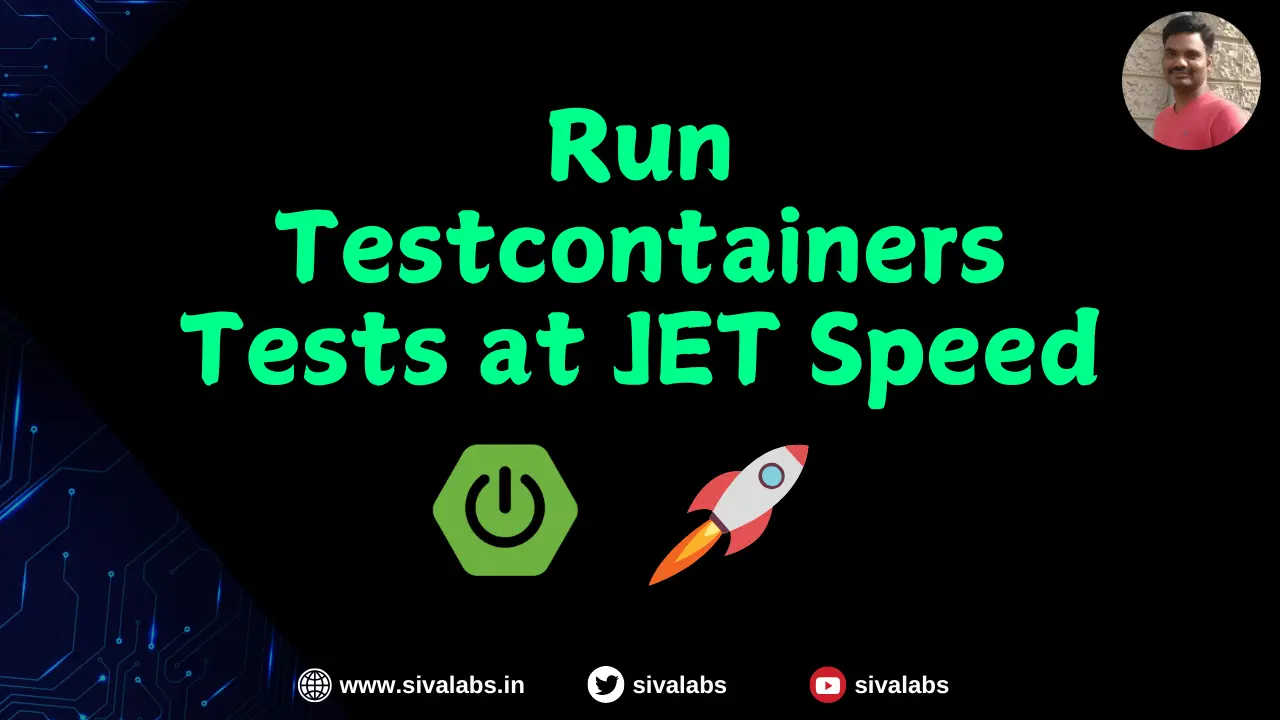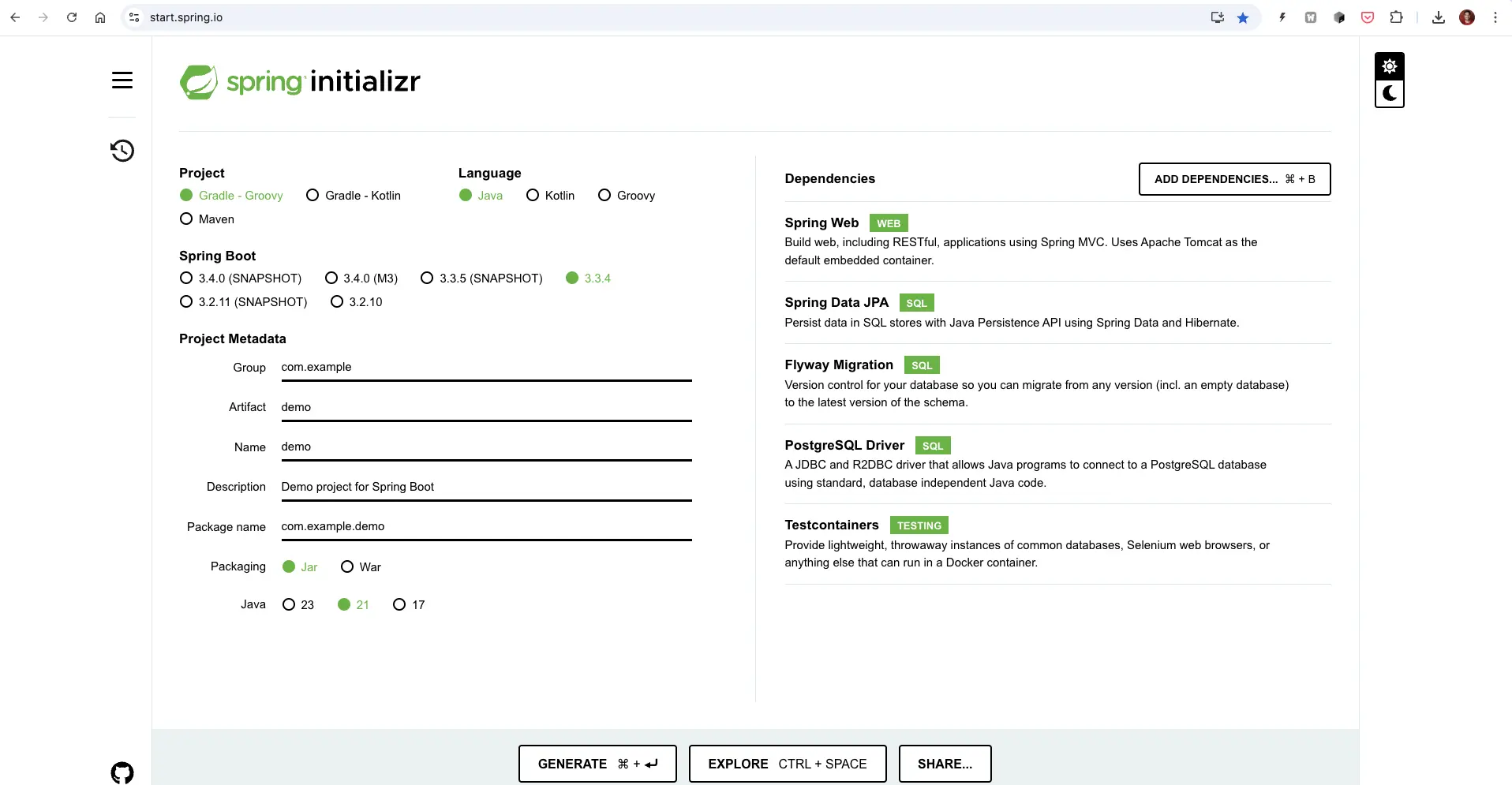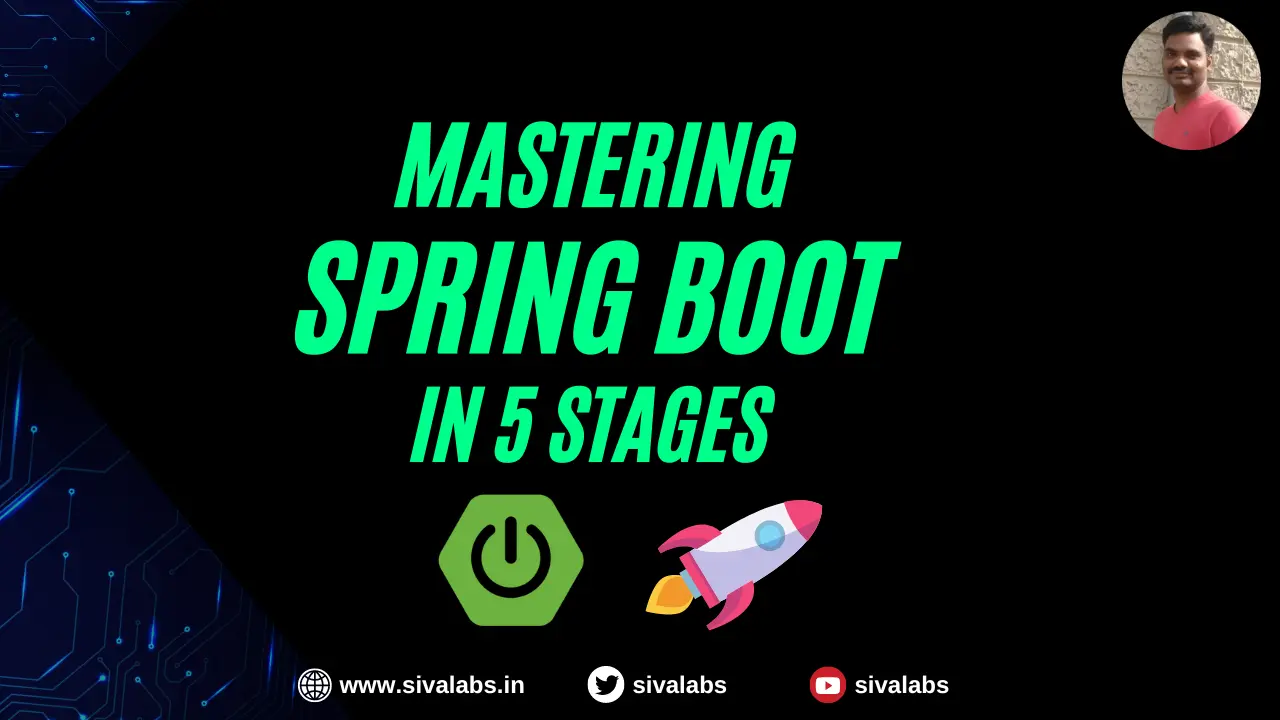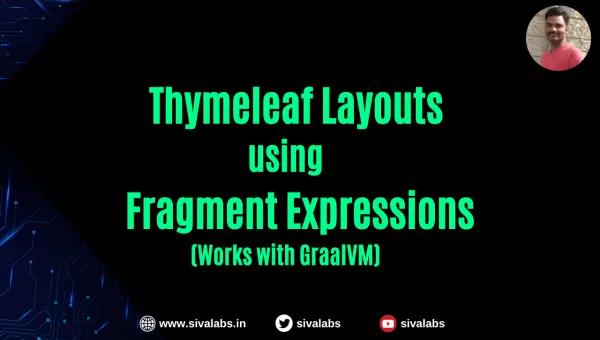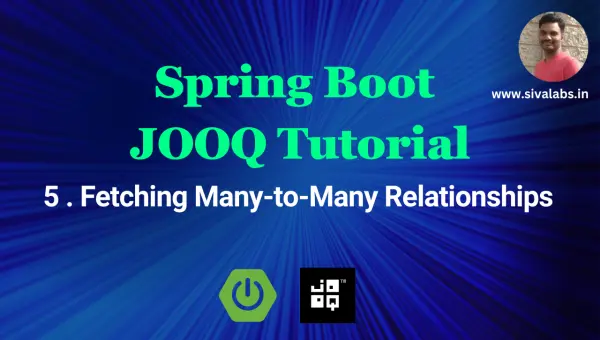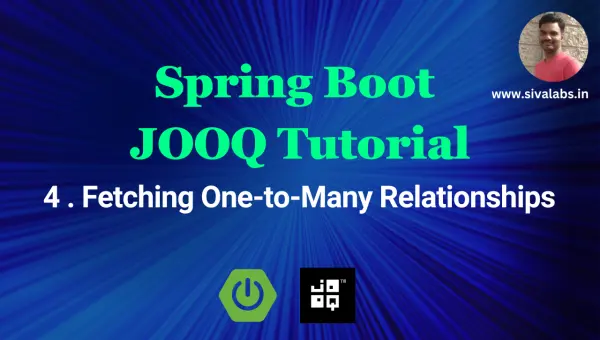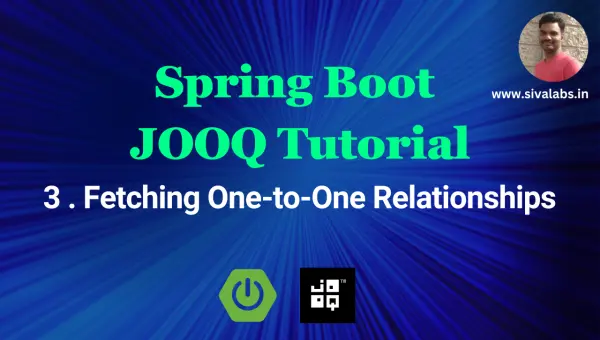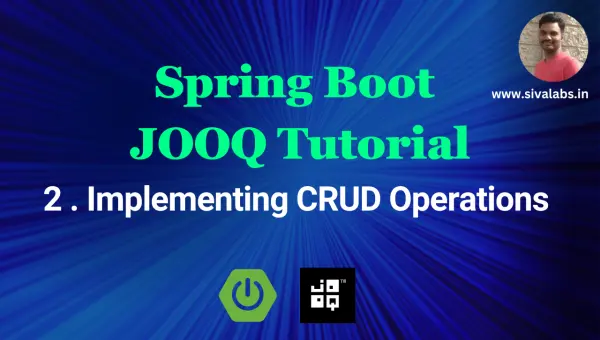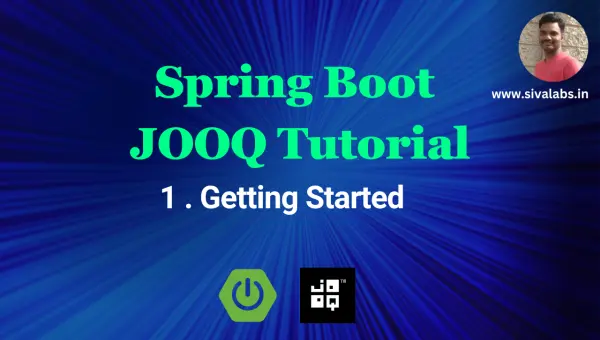ChatGPT and other Generative AI tools took the world by a storm. People are using these AI tools for various purposes such as to explore a topic, to seek answers to their questions or to get help in coding, etc. ChatGPT and Google’s Gemini are very popular AI tools that are available for free with some usage limitations. Coding without help from Google, StackOverflow and blogs is challenging. But what if you had to code without internet connectivity?
Continue reading »
